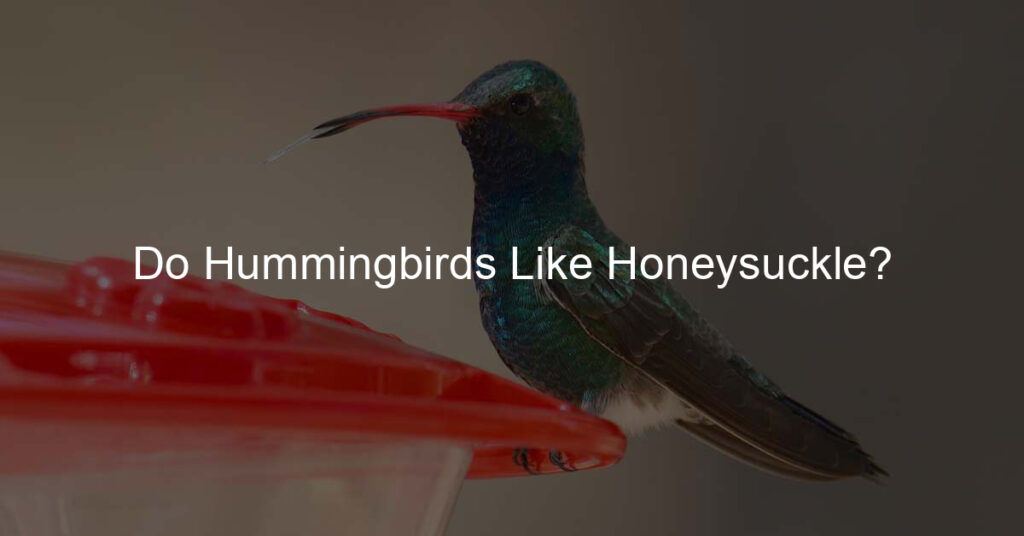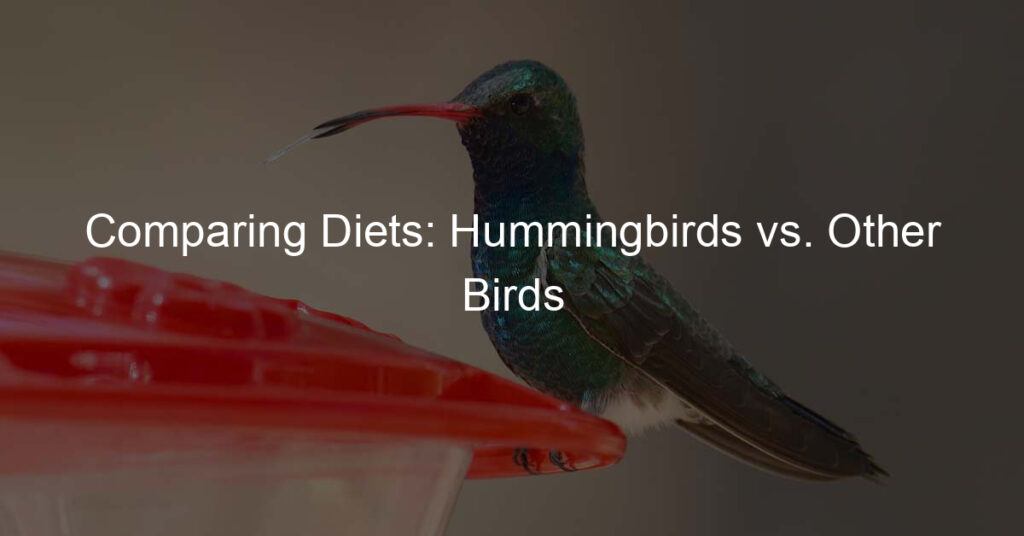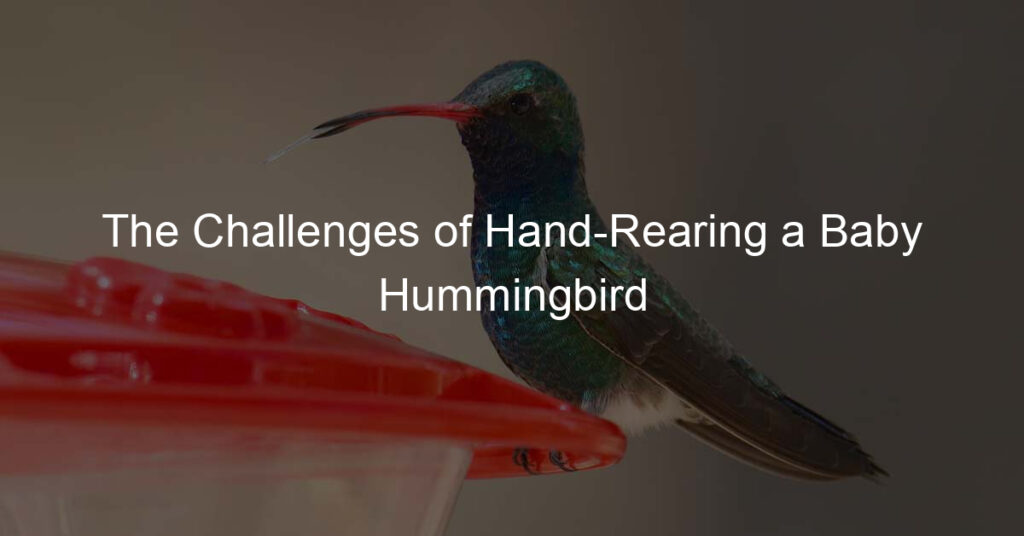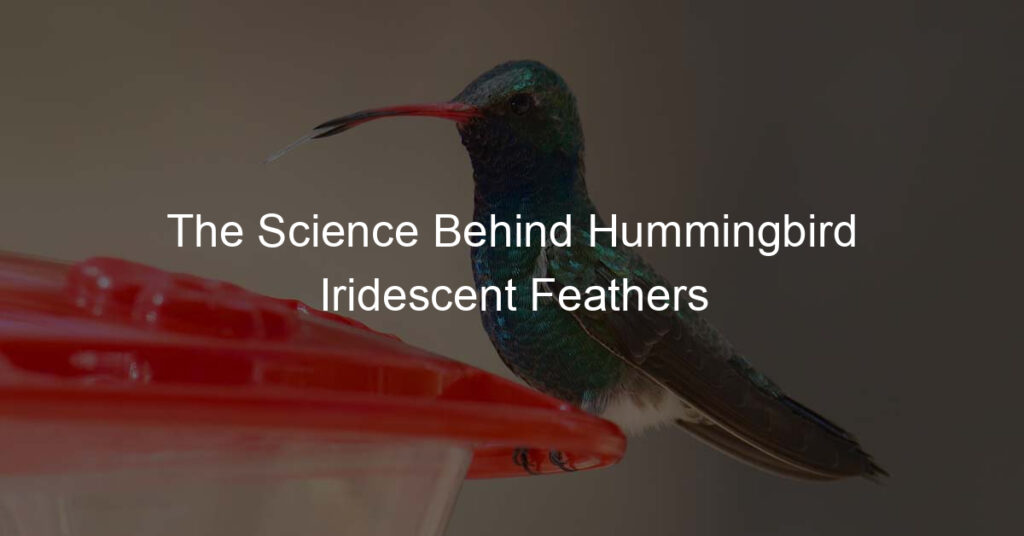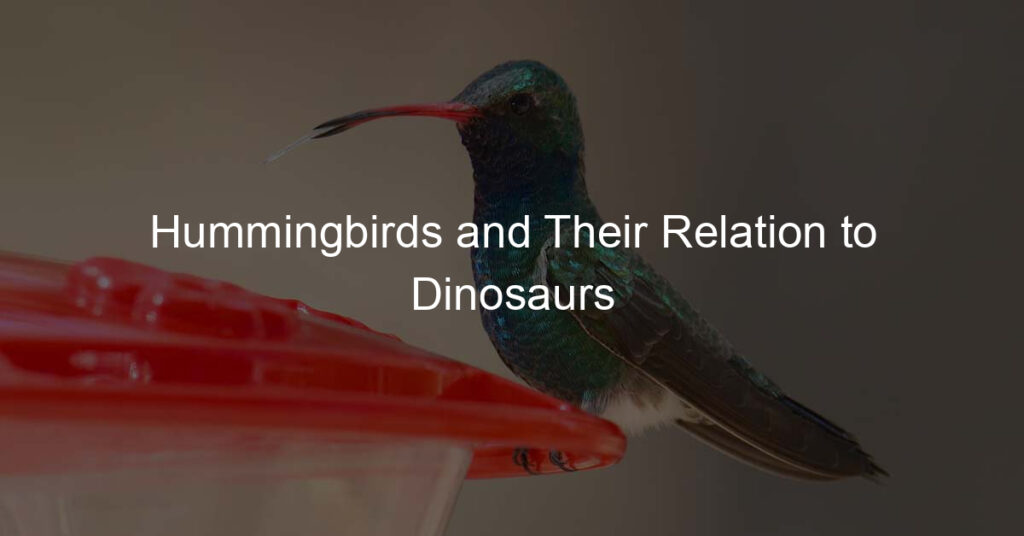Honeysuckle flowers are a favorite food source for hummingbirds due to their brilliant colors, fragrant aroma, plentiful nectar, and tubular blooms. Honeysuckles are hardy shrubs with fragrant blooms that bloom throughout the summer. Do Hummingbirds Like Honeysuckle? – Let’s get some assistance with the article.
Why Do Hummingbirds Like Honeysuckle Plants?
Hummingbirds eat sweet nectar, the sugary liquid produced by flowers to attract pollinators. They are drawn to vivid hues, especially deep reds, although they will also inspect blooms in yellow, purple, orange, and pink. They love tubular flowers that they don’t have to land on because of their long, curved bills and ability to hover. Let’s seek some advice on hummingbirds like honeysuckle. They will also search for flowers that bloom frequently and abundantly, offering a regular and plentiful food source.
As you can see, honeysuckle fits all of these requirements! The orange and pink blooms are just the correct color for hummingbirds, they generate a lot of nectar, and the blossoms are the perfect form for hummingbirds to dip their beak into. The bushes produce cascades of fragrant blooms, which bloom from late spring through early October. That yields a lot of food suitable for hummingbirds.
Read more: Do Hummingbirds Eat Grape Jelly?
Is The Aroma Of Honeysuckle Appealing To Hummingbirds?
Hummingbirds, according to several reports, have no sense of smell. We just recently discovered that hummingbirds have a sense of smell, which they employ to avoid harmful insects when eating. However, there is no evidence that hummingbirds utilize their sense of smell to discover flowers. Hummingbirds are drawn to flowers based on their color and shape rather than their scent.
Learn more: How To Fill Hummingbird Feeder
Which Honeysuckle Attracts Hummingbirds?
There are many different types of honeysuckles (genus Lonicera) in the United States, but not all of them are suitable for your garden. Some species, such as Japanese honeysuckle and Morrow’s honeysuckle, are invasive. Not only can these invasive honeysuckles choke out native plants and blooms, but many of them are somewhat toxic and can be deadly to animals and small children, even seeping poisons into the surrounding soil. For starters, the two-inch-long tubular flowers are designed for pollination by hummingbirds.
These invasive honeysuckles frequently resemble native honeysuckle, making it difficult to distinguish which variety you have, and once established in your yard, their hardiness makes them tough to eradicate. Before you plant, you should know what species you have. The orange honeysuckle (or western trumpet honeysuckle), coral honeysuckle, and Lonicera flava are all safe to grow in your garden. The last one, Lonicera flava, is so common that it’s often simply called “honeysuckle.”
Read more: How To Feed Hummingbirds In Freezing Weather?
How Can You Cultivate Partial Shade?
You’ll be relieved to learn that planting honeysuckle in your hummingbird garden
is very simple. They are among the many hummingbird-friendly vines and shrubs that can be deciduous or evergreen. Honeysuckle trumpet vine may be taught to cover bare walls or trellises or used as ground cover (climbing is recommended if you wish to attract hummingbirds), while shrubby types can be trained to make short, dense hedges.
Honeysuckles love the rich, partial shade, moist soil, but will thrive in almost any soil that is well-drained but wet. They like shaded roots but at least partial light on their blossoms and foliage. Their growth is rapid, so make sure you want honeysuckle in your garden and that you have the right species for your area; once established, the plant will be difficult to remove. Butterfly bush, coneflowers, and columbines are some of the other hardy perennials that hummingbirds love.
Read more: Do Hummingbirds Like Geraniums?
What Other Flowers Are Favored By Hummingbirds?
Hummingbirds love honeysuckle, but there are other flowers, both annuals, and perennials, that can bring them to your yard. If you want to attract hummingbirds, plant lavender, zinnias, jasmine, and gladioli. Many succulents and hanging plants will also attract these vividly colored visitors to your yard.
Honeysuckle is an excellent flower for attracting hummingbirds to your yard, but that’s only the beginning of its benefits. The blooms are appealing to a broad range of pollinators, as well as to people. These fragrant flowers are an excellent addition to any garden.
Native Is Superior
There are around 200 distinct species of honeysuckle, although only about a tenth of them are endemic to North America. Stick to these!
Planting native plants over invasive species are always preferable to disrupting the natural ecology and attracting unwelcome insects. This is true in any scenario, but especially while attempting to attract hummingbirds.
Hummingbirds are drawn to different types of honeysuckle. So, depending on the type of people you’re wanting to attract to your yard, honeysuckle might make or break it.
If you’re wondering what to plant in your yard, it all depends on where you live.
Trumpet honeysuckle is endemic to the eastern United States and is classified as one of the best plants for attracting Ruby-throat hummingbirds, one of the most prevalent hummingbirds across most of the country, by the United States Forest Service.
Scarlet Honeysuckle Vine Drop-more
Hummingbirds are drawn to the orange-red blossoms and tasty nectar plentiful in the hybrid Drop-more Scarlet Honeysuckle Vine. Growing couldn’t be easier. Drop-more can tolerate severe winters and drought, and it just needs a half-day of full light and some moist, nutritious soil to thrive.
Even with random pruning, it’s a tough semi-evergreen climber that’s nearly indestructible. From June through September, expect pleasantly scented masses of scarlet-orange tubular blooms that give way to little red berries in the fall, which the birds like.
Learn more: When Should The Hummingbird Feeder Be Put Out?
Final Thoughts
Honeysuckle is an excellent flower for attracting hummingbirds to your yard, but it’s not the only one! There are plenty of other plants that will do the trick as well. Be sure to do research and find out which ones work best for your area. Also, be sure you plant native varieties to ensure these beautiful birds have what they need to thrive in your garden. With a little care and attention, you can create a garden full of vibrant hummingbirds and enjoy their beauty all summer long.

